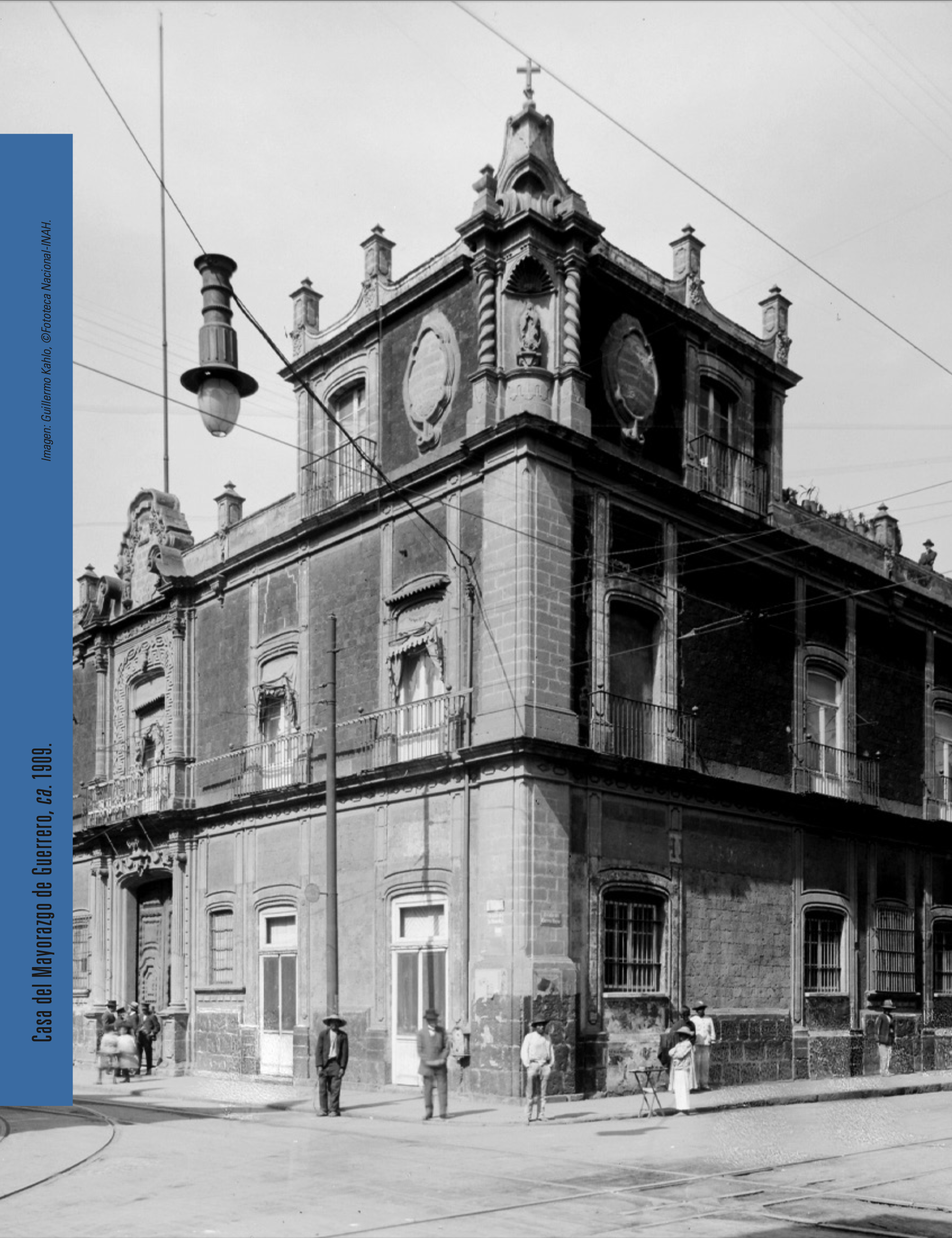Español
Español
Keywords:
EspañolAbstract
This paper inquires how retouching influences the perception of the authenticity of a painting. It proposes that chromatic coincidence is fundamental in retouching for artworks to convey what Brajer (2009: 22) defines as the "authenticity of form and design"; a concept that includes both the artistic intention of a painting and a set of stylistic properties conferred on the artist. The object of study is three murals by Rufino Tamayo, where colour, distinctive property in his production, fulfils aesthetic and symbolic functions. All had restorations at different times; the interventions aimed at repairing the discolouration and recovering the pigments. Photographic documentation of these interventions evidences the importance of colour matching in the interpretation of an artwork. Finally, through reflection, it is confirmed that in Tamayo's case, the aesthetic qualities of the murals, rescued through retouching, make up the sense of authenticity in his mural painting.
Downloads
References
Barnitz, Jaqueline (2001) Twentieth-century art of Latin America, Austin, University of Texas Press.
Berns, Roy S. (2016) Color Science and the Visual Arts: A Guide for Conservators, Curators, and the Curious, Los Ángeles, The Getty
Conservation Institute.
Berns, Roy S., Krueger, Jay, y Swicklik, Michael (2002) “Multiple pigment selection for inpainting using Visible Reflectance
Spectrophotometry”, Studies in Conservation [en línea], 47 (1): 46-61, disponible en: <https://www.jstor.org/stable/1506834>
[consultado el 4 de marzo de 2020].
Brajer, Isabelle (2009) “Authenticity and restoration of wall paintings: issues of truth and beauty”, en Erma Hermens y Tina Fiske (eds.) Art, Conservation and Authenticities: Material, Concept, Context, Londres, Archetype Publications, pp. 22-32.
Brajer, Isabelle (2015) “To retouch or not to retouch? Reflections on the aesthetic completion of wall paintings”, CeROArt [en línea], HS, disponible en: <https://doi.org/10.4000/ceroart.4619> [consultado el 28 de febrero de 2020].
Carabaña, Carlos y EPA Victoria (2019) “Mexico City’s air pollution levels exceed WHO standards”, El Universal [en línea] (15 de
junio de 2019), disponible en: <https://www.eluniversal.com.mx/english/mexico-citys-air-pollution-levels-exceed-who-standards-far> [consultado el 27 de febrero de 2020].
Castedo, Leopoldo y Freeman, Phyllis (1969) A History of Latin American Art and Architecture from Pre-Columbian Times to the Present, Londres, Pall Mall Press.
Cather, Sharon (2003) “Assessing causes and mechanisms of detrimental change to wall paintings”, en Conserving the Painted
Past: Developing Approaches to Wall Painting Conservation. Post-prints of a Conference Organized by English Heritage, London, 2-4
December 1999, Londres, James & James, pp. 64-74.
Cherveul, Mhichel Eugène (1967) The Principles of Harmony and Contrast of Colors and Their Applications to the Arts, Nueva York,
Reinhold Publishing Corp.
Coffey, Mary K. (2012) How a Revolutionary Art became Official Culture: Murals, Museums, and the Mexican State, Durham, Duke
University Press.
Cordero Reiman, Karen (2010) “The Best Maugard Drawing Method: A common ground for Modern mexicanist aesthetics”, The Journal of Decorative and Propaganda Arts [en línea], 26: 44-79 disponible en: <https://www.jstor.org/stable/41432953> [consultado el 3 de marzo de 2020].
Derr, Virginia (1961) “The Rise of a Middle-Class Tradition in Mexican Art”, Journal of inter-American studies [en línea], 3 (3): 385-409, disponible en: <https://www.jstor.org/stable/164845> [consultado el 2 de marzo de 2020].
Documento de Nara sobre autenticidad (1994) Documento de Nara sobre autenticidad [pdf], disponible en: <https://icomos.es/wpcontent/uploads/2020/0121.CONFERENCIADENARASOBREAUTENTICIDAD1994.pdf> [consultado el 17 de febrero de 2022].
Fundación Olga y Rufino Tamayo (2015) Tamayo [en línea], disponible en: <http://www.rufinotamayo.org.mx/wp/tamayo/> [consultado el 28 de febrero de 2020].
Garza Usabiaga, Daniel (2019) “Mexican Geometrism and New Artistic Practices of the 1970s”, en New Geographies of Abstract Art in Postwar Latin America, Nueva York, Routledge.
Gimate-Welsh, Adrián S. (1997) “Correspondencias y símbolos en el arte de Tamayo. Un acercamiento semiótico”, en Varia lingüística
y literaria, Mexico, Colegio de México [documento electrónico] disponible en: [consultado el 27 de febrero de 2020].
Jessell, Bettina (1977) “Helmut Ruhemann’s inpainting techniques”, Journal of the American Institute for Conservation [en línea], 17
(1): 1-8, disponible en: <https://www.jstor.org/stable/3179357> [consultado el 4 de marzo de 2020].
Jones, Siân (2010) “Negotiating authentic objects and authentic selves”, Journal of Material Culture [en línea], 15 (2): 181-203,
disponible en: <https://doi.org/10.1177/1359183510364074> [consultado el 17 de febrero de 2022].
Kreuzbauer, Robert, y Keller, Joshua (2017) "The authenticity of cultural products: A psychological perspective", Current Directions in Psychological Science, 26 (5): 417-421, disponible en: <https://doi.org/10.1177/0963721417702104> [consultado el 27 de febrero de 2020].
Manrique, Jorge Alberto (1977) El Geometrismo Mexicano, México, Universidad Nacional Autónoma de México.
McMasters, Merry (2009) “Comenzó ayer la restauración de Fraternidad, de Tamayo”, La Jornada [en línea] (27
de noviembre), disponible en: <https://www.jornada.com.mx/2009/11/27/cultura/a04n1cul> [consultado el 5 de marzo de 2022].
Meade Kuribreña, José Antonio (2015) “El mural Fraternidad de Rufino Tamayo regresa a la sede de la ONU”,
Excelsior [en línea] (disponible en: <https://www.excelsior.com.mx/opinion/mexico-global/2015/04/27/1020946>[consultado el 4 de marzo de 2020].
Oxford Learner’s Dictionaries (2020) Fraternity [en línea], disponible en: <https://www.oxfordlearnersdictionaries.
com/definition/english/fraternity> [consultado el 4 de marzo de 2020].
Proceso (1999) Centenario del artista: “El canto y la música”, primer mural de Tamayo, requiere conservación;
costaría 60 mil pesos, pero no los hay [en línea], disponible en: <https://www.proceso.com.mx/180929>[consultado el 28 de Febrero, 2020].
Reed, Alma M. (1960) The Mexican muralists, Nueva York, Crown Publishers.
Sánchez Villavicencio, Daniel (2009) “Presentación del proyecto de restauración del mural ‘El canto y la música’ de Rufino Tamayo”, Memorias del 2º Foro Académico, México, Escuela Nacional de Conservación, Restauración y Museografía-Instituto Nacional de Antropología e Historia, pp. 18-22.
Schmeckebier, Laurence E. (1939) Modern Mexican art. Minneapolis, University of Minnesota Press.
Scheidemann, Christian (2009) “Authenticity: how to get there?”, en Erma Hermens and Tina Fiske (eds.) Art, Conservation and Authenticities: Material, Concept, Context, Londres, Archetype Publications.
Secretaría de Relaciones Exteriores (SER)) (2015) 44 years later…Tamayo Returns to the UN [pdf], disponible en:
<https://mision.sre.gob.mx/onu/images/newsletter_tamayo.pdf> [consultado el 28 de febrero de 2020].
Tamayo, Rufino (1933) “El nacionalismo y el movimiento pictórico”, Crisol. Revista de Crítica, [en línea], IX (53):
-281, disponible en: <https://icaa.mfah.org/s/es/item/749295> [consultado el 2 de marzo de 2020].
UNESCO (2021) The Operational Guidelines for the Implementation of the World Heritage Convention [en línea],
disponible en: <https://whc.unesco.org/en/guidelines/> [consultado el 17 de febrero de 2022].



